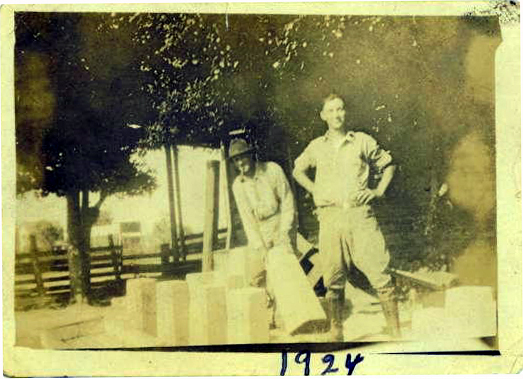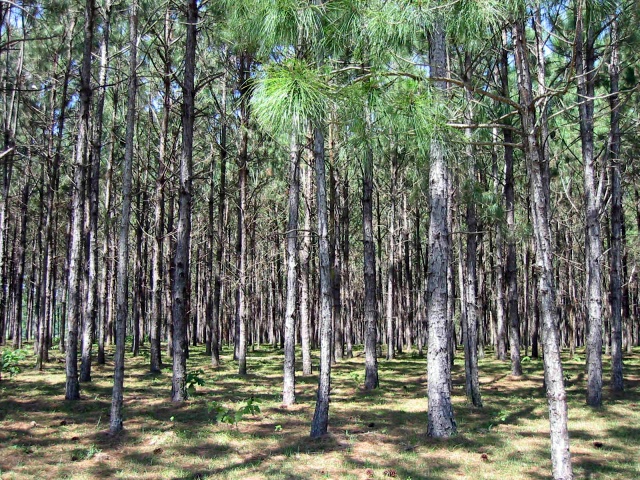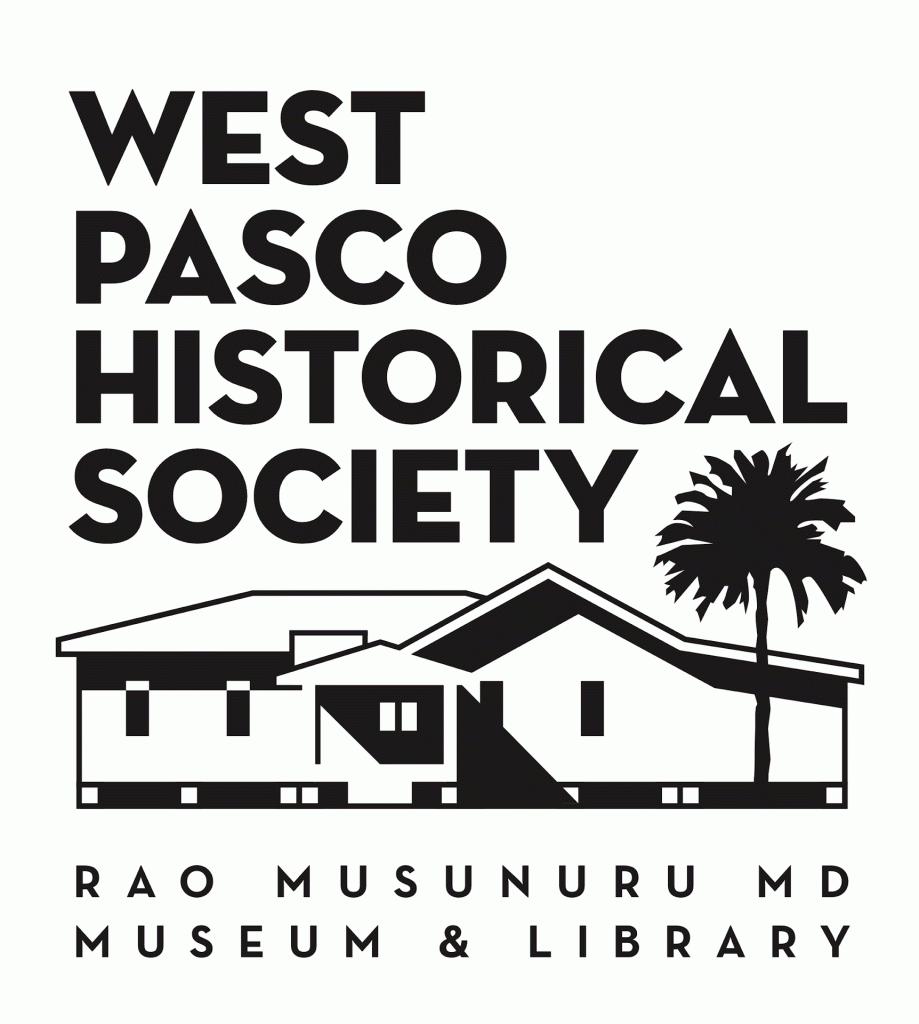HISTORY OF PASCO COUNTYBlantonNaval Stores: Turpentine & Lumber This page is taken, with permission, from the former My Blanton web site, created by Marinell Davis. Memory Lane (1963)This is an excerpt from the Dade City Banner of Dec. 12, 1963. About the turn of the century, turpentine enterprises were numerous in Pasco county and turpentine stills were located in depths of the forests. Stills were located at St. Thomas, operated by a Mr. Lucas. Later, he purchased one at Chipco and also Emmaus. Stills were located at Pasco Station, West Sagano, South Sagano, and Needmore in the west section of the county, and at Kalon, near Trilby, Richland and Lumberton, Ehren, Odessa, Dutton and Sharp near Lacoochee. Expose Face of Tree  The resinous sap of the pine tree was extracted by chipping off the bark in narrow strips, beginning few inches above the round and exposing a large face in the sapwood from time to time as the operation goes on. Cups of metal or earthen ware were placed at the lower end of these incisions and the gum sap flowed into them. Hundreds of thousands of trees were tapped in this fashion to provide gum (known as dip or crop) depending upon the methods of its removal from the tree for turpentine still. A single “crop” of cup numbers 10,000. So that when a turpentine operation spoke of having ten “crops” under operation, it meant that he had 100,000 pine trees tapped for turpentine. The still itself was a crude structure, redolent of the spicy aroma of the pine. The cups were emptied into barrels by crews of men who raveled the forest continually, and as the barrels were filled they were placed on platforms by the side of the rod and later were collected usually by four mule hauled wagons equipped with skids to help in the loading and taken to the still. The crude gum, as it came from the forest, was emptied into large boiler from which a spiral pipe led to the vat in which the turpentine was to be collected. As the gummy matter was brought to the boiling point, turpentine was given off in the form of steam or vapor that passed through the coiled pipe. A stream of cold water flowing around the coils condensed the vapor which dripped into the vat as pure spirits of turpentine. The twigs, bark, and turpentine. The twigs, bark, and dirt which rose to the surface of the boiling mass was skimmed off, and the remaining liquid was drawn off into barrels, in which it speedily solidified into resin. These resin and turpentine products found their chief market among the manufactures of paint and varnishes, while resin was used in the manufacture of hard soaps, paper, and 100 commodities of daily use. The Florida pine was so full of resin, especially its roots and the lower portion of the trunk, that it bursts into flame t the touch of a match. Called “Lighterwood” That characteristic gave it he local name of “lighterwood;” also sometimes called “fatwood” and sometimes called “fat lightwood.” When the railroads were put through the county, many pioneers sold “fatwood” to the railroad company. The pine forests vanished under pressure of settlement and demands for farm and homes on the one hand and under lumbering operations of the saw mills on the other. The Banner article also contained parts of a letter from Lillian Bessenger Hines, an early resident of Pasco county. Her father came to Blanton in 1900 and bought the turpentine business there and moved his family and about 20 negro families down there. See “Tales from Old Blanton” for more Bessenger stories. Gum Collected in Cups In turpentining, each tree was sliced, (cutters, the men where called) and a cup hung to catch the gum. Then there were scrappers who went yearly to cut trees. With mules and wagon the cups were carried and emptied into barrels on the wagons and taken to the still. Near the still was a cooper shop where the barrels were made for raw gum and also for the processed tar, rosin, and turpentine to be put in. Building of Hotel Ed Gasque was the only other turpentine man in that section. His business was down near the old Pasco depot. He later moved into Dade City and built the Edwinola Hotel in town. They became very good friends of ours and we often exchanged views on the turpentine business. “We (Bessengers) had six different turpentine places in South Florida and operations ended with World War I. The war changed many things and lives. Signed Lillian.” |
